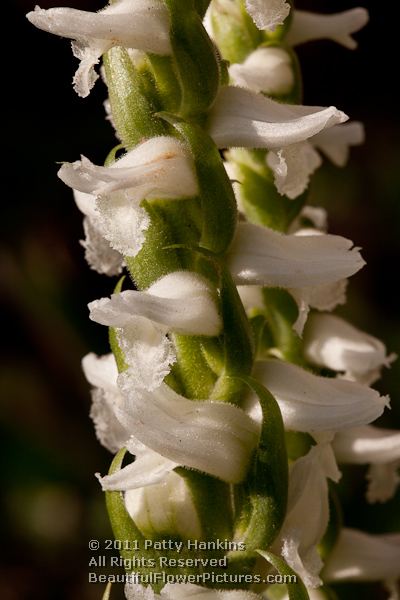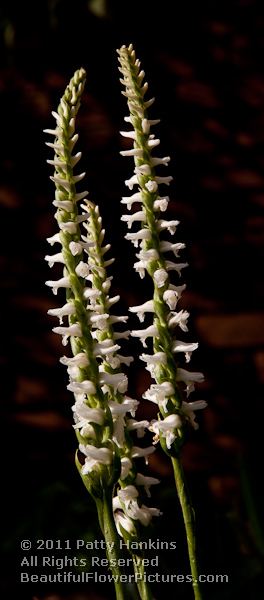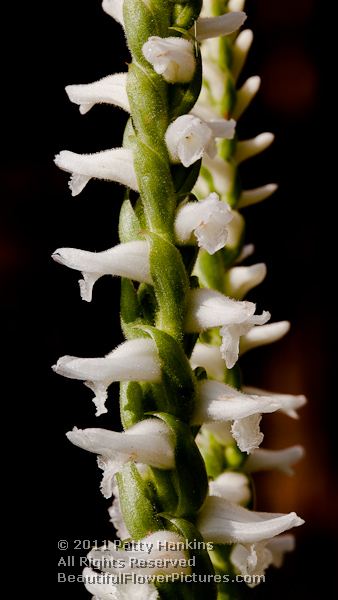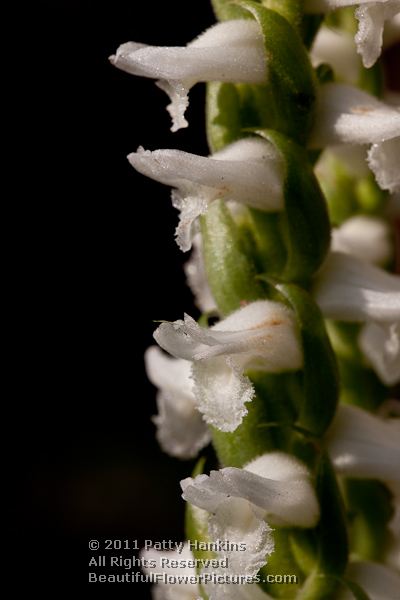For the first time – you get to see some photos of flowers from my garden!! I’m not known for my gardening abilities – in fact – I killed a butterfly bush. In the past couple of years, I’ve been adding more and more native plants into my garden. Not only are they well suited for my climate (so hopefully will require less babying) but they also attract lots of birds, butterflies and insects into my garden.
This spring, I planted a Ladies Tresses plant. Ladies Tresses are a native orchid – and are supposedly reasonably easy to grow. My guess is that mine are the Chadds Ford variety – which is one of the easiest to grow in gardens. Throughout much of the summer, it didn’t look very good – then all of a sudden a couple of weeks ago – it perked up and started to bloom!!! So here are photos of my Ladies Tresses!!
Ladies Tresses (Spiranthes odorata) is frequently the last native orchid to bloom each year. In the Washington DC area, it blooms in September and October. Further south, it can be found blooming as late as December. These lovely orchids are native to the Southeastern United States – their habitat ranges from New Jersey to Texas.
Known also as Fragrant Ladies Tresses and Marsh Ladies Tresses, Spiranthes odorata grow to about 2 feet tall. Small white hooded fragrant blossoms are found on spiral stalks. The twisting of the stems is a result of uneven cell growth. They prefer to grow in moist boggy soil in partial shade. The ones in my garden are in partial shade and not very good soil.
There are close to 300 species of Ladies Tresses worldwide – 25 species in North America. Some practical uses of the plants have been recorded. A European variety was used medicinally to treat eye, skin and kidney diseases. In Chile, a local species was used as a diuretic. Native Americans used it for everything from a blood purifier to a treatment for venereal diseases. The roots were sometimes used in charms for hunters or as food.
I hope you’ve enjoyed the photos of my ladies tresses. They did well enough this year that I may add another few ladies tresses into my garden next year!
If you’d like more information about ladies tresses, you can find some online at
Kemper Center for Home Gardening
Lady Bird Johnson Wildflower Center




